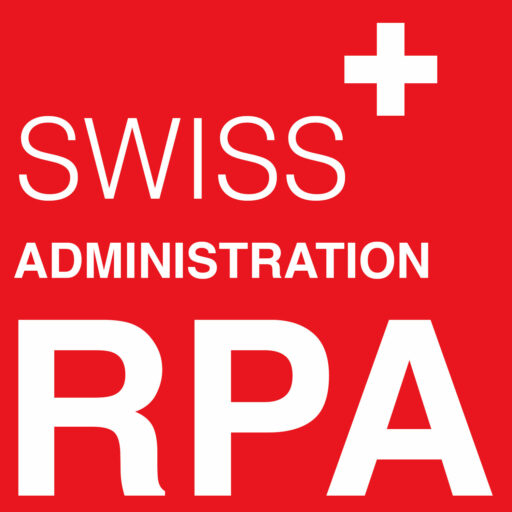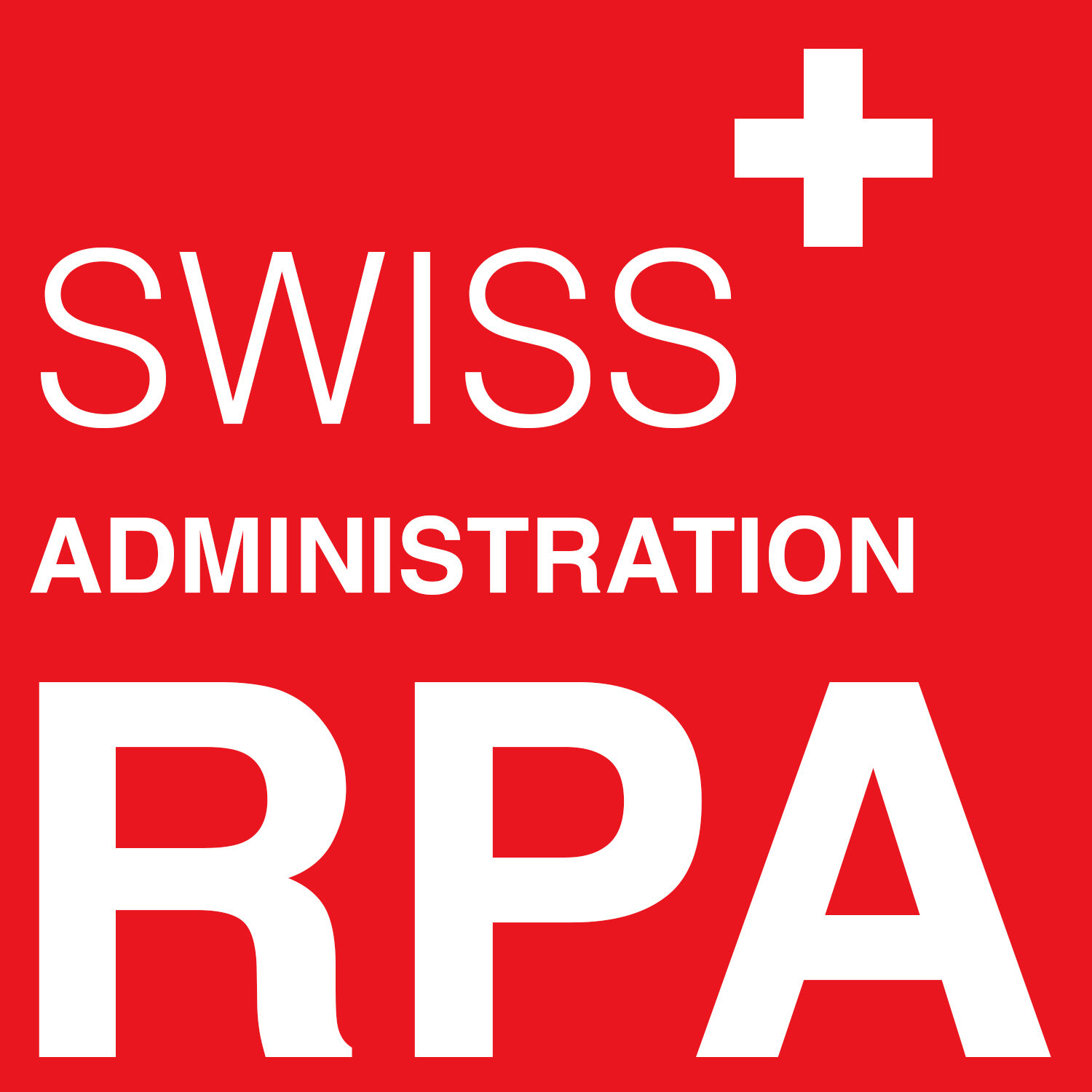Digital transformation is not just about replacing paper. RPA helps administrators and clinicians see how they can improve their work and get the most out of their processes.
The CDR is responsible for the management of all hospitals and medical institutions in the region. It is committed to providing the highest standards of service and care to its citizens. For customer service and support, this translates into quickly delivering effective solutions to hospital administrators and clinicians that help them better serve their customers. In collaboration with UiPath, automation enables hospitals and medical staff to redesign and improve their daily processes.
When asked about RPA, Børge Knudsen, CDR’s Customer Service and Support Manager, jokes that it allows them to create “quick and dirty” solutions, but he’s quick to point out that it’s allowed the county to do “little things which have a great effect”. ‘. He mentions a process within the pharmacy department where a task that required more than a million keystrokes per year. now takes 40,000 to complete.
This robot reduced someone’s work by a factor of 50. He really showed the power of RPA to help realize our digitization strategy – not just for us but for our customers in hospitals. It showed that we could deliver the agility and efficiency they needed.
Børge Knudsen • Head of Customer Service and Support
Since the start of RPA in 2019, CDR has been able to automate nearly 80 processes in its hospitals. In 2020 alone, robots could handle over 85,000 tasks, which brought in over 50,000 hours in the company.
Return-to-business time means we can perform the current process more efficiently and deal with tasks that we simply didn’t have before. But the real benefit is job satisfaction and the well-being we can bring to our staff. They feel less pressured and more able to provide better service.
Børge Knudsen • Head of Customer Service and Support
An example of this is automation in blood orders in the intensive care unit, where the robot ensures that all relevant data is entered into the correct programs, for example, to order a carrier and other programs . This unifies the way to do it and makes it easier because the data always arrives the same way. It streamlines the process, reduces work pressure and also increases quality and patient safety.
One of the main objectives of CDR’s digitization strategy was to get closer to its internal customers to better meet their needs. This involved two things: First, Børge and his team needed a solution that could quickly deliver solutions to meet the local needs of each hospital. Second, they needed people to understand the purpose of digital transformation, engage and own it.
RPA has proven to be an ideal technology to address both of these elements.
We quickly realized that we could accelerate the delivery of new automations with RPA. With traditional development, the system could take 24 months to arrive. Now we could have a new PLC within 10 working days from concept to production. Our customers were really happy with the speed at which we could work.
Børge Knudsen • Head of Customer Service and Support
With RPA, CDR was able to redefine how it improved processes for its customers. Previously, the Development division created deep integration with back-end systems that, while delivering great results, could be slow and expensive. By focusing on the front-end, RPA was able to deliver a lot of functionality in a very agile way.
He believes, however, that the agility and proven delivery performance showed an unexpected benefit for RPA. Part of digitizing CDR was to help build the digital skills of all staff. By discovering how robots help them in their daily work, RPA gives administrators and clinicians a much better appreciation of digital transformation.
Source: https://www.uipath.com/




